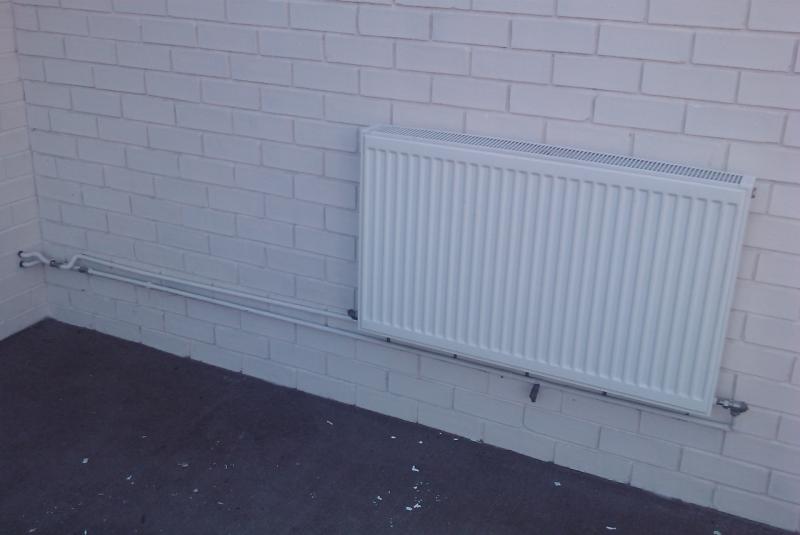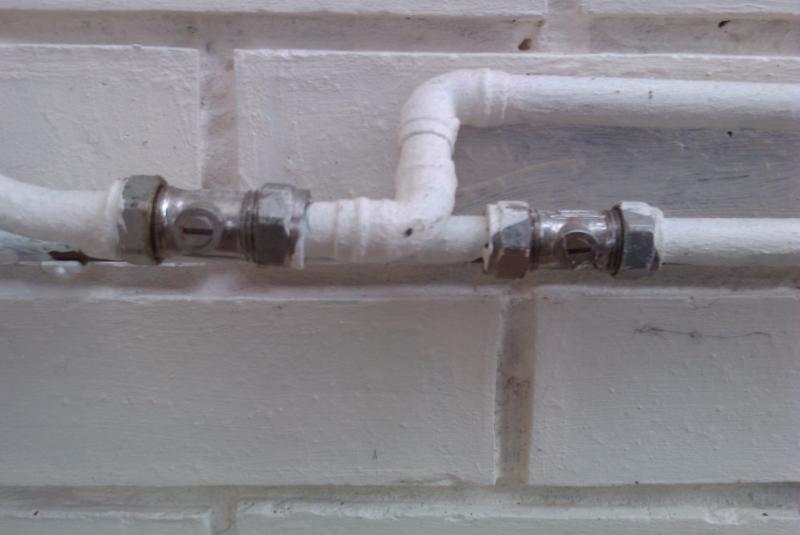looking for some guidance as to how to remove the radiator in our conservatory
it is no longer wanted, so i will need to cap the pipes im guessing ? also will i have to drain the whole system ? not sure how to go about this if so
i would like to have a go at doing it myself but have never had a go at any plumbing before, however i have heard it is quite straight forward ?
have attached a photo and all help greatly received
thanks
it is no longer wanted, so i will need to cap the pipes im guessing ? also will i have to drain the whole system ? not sure how to go about this if so
i would like to have a go at doing it myself but have never had a go at any plumbing before, however i have heard it is quite straight forward ?
have attached a photo and all help greatly received
thanks




